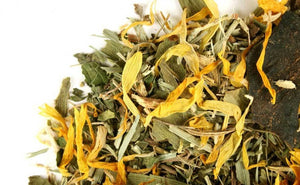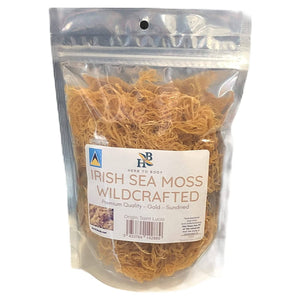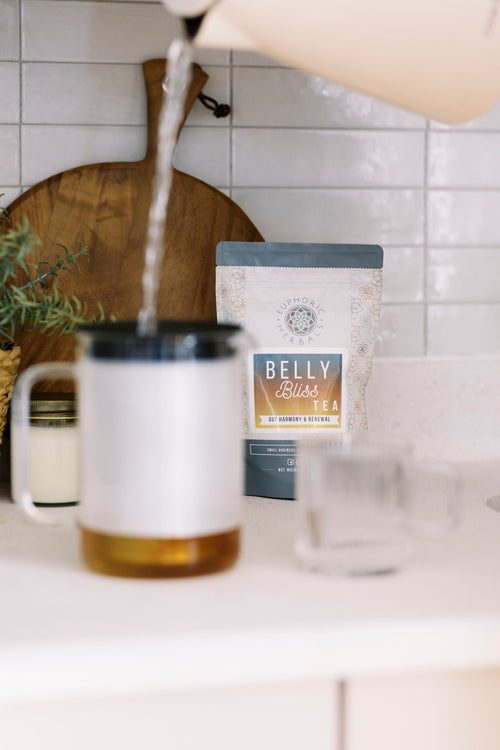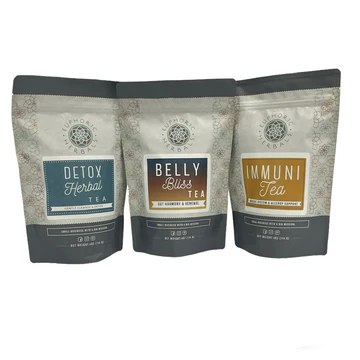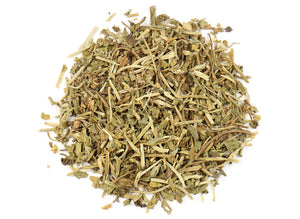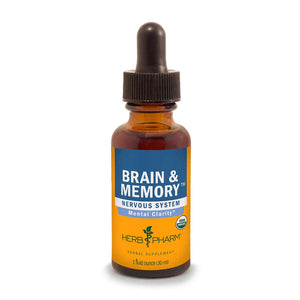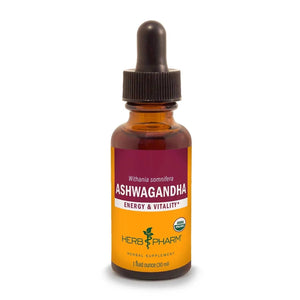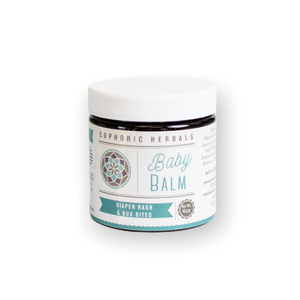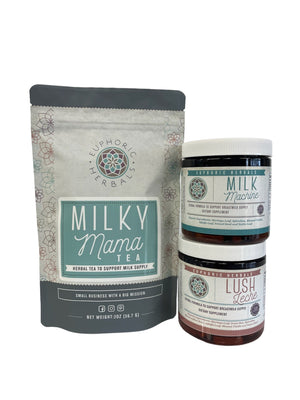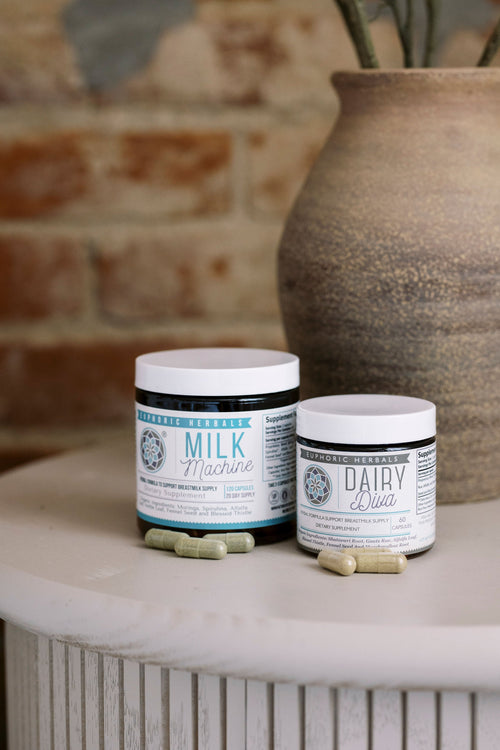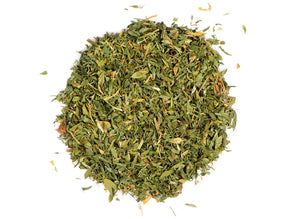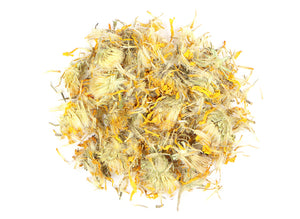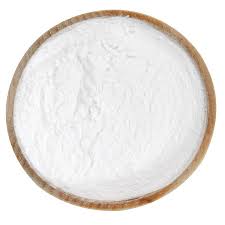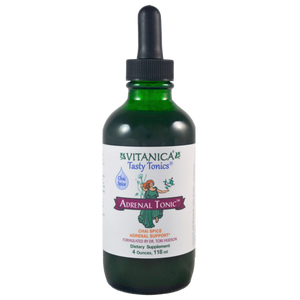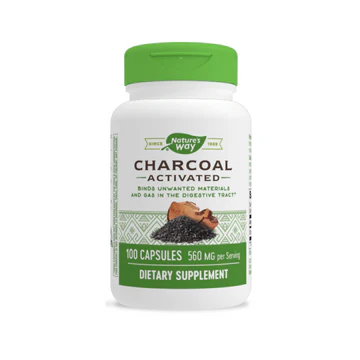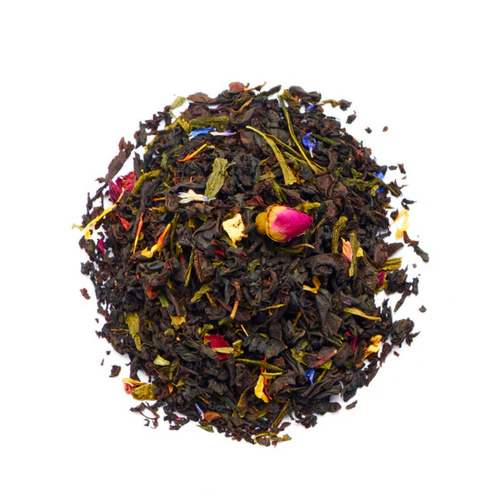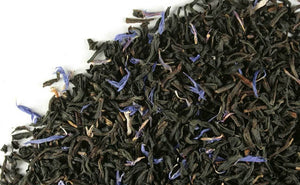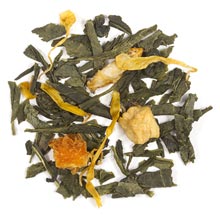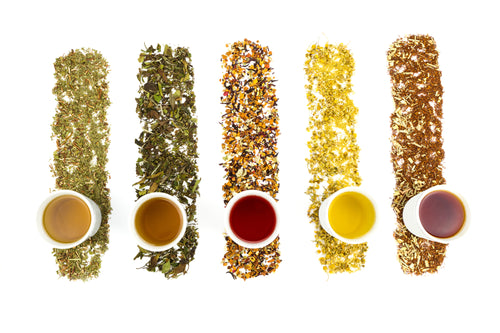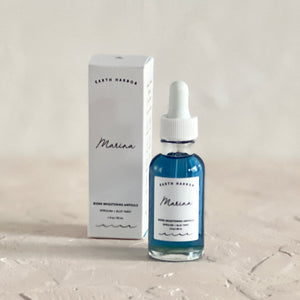Throughout the world, two things are seeing a resurgence: breastfeeding and tattoos. You may have been considering the effects of tattoos on breastfeeding or have planned on getting tattooed. You might have heard some common myths about breastfeeding with tattoos from your friends and family that need clearing up. Fortunately, we have the answers to those questions and more.
Here is everything you need to know about breastfeeding and tattoos.
Can You Breastfeed If You Have Tattoos?
Breastfeeding when you are already tattooed is perfectly safe. There are no contraindications against it.
Furthermore, the placement of preexisting tattoos does not affect breastfeeding, even ones located on or near the breasts. Tattoo ink will not get into your milk supply, because the ink is concentrated within the first layer of skin. Your baby will not come into contact with the ink at all.
Another myth that has been circulating is about donating breastmilk. Women with preexisting tattoos will not be barred from donating milk, even if you recently got tattooed. The only rule is that the tattoo had to done professionally, using a single-use sterilized needle. Milk banks will screen your milk for safety either way.
Is It Safe To Get Tattooed While Breastfeeding?
Tattoos are drawn into the skin by using a needle that injects ink into the dermal layer, which is only a few millimeters thick. The needles wielded by tattoo artists move at a hundred times per minute. The tattoo ink that professionals use is subject to regulations set forth by the FDA, but it is important to understand that most inks are not cleared for insertion under the skin.
In fact, many inks are made up of the same chemicals that are found in printer inks and paints. No medical authority has spoken against using these inks during breastfeeding, so it is up to you to decide.
Since inks are comprised of heavy metals, like cobalt, manganese, and cadmium, the ink usually will not seep through the skin. Synthetic and vegan inks are also available and generally believed to work the same way as metal-based inks.
Be sure to consider getting a tattoo and the credentials of the tattooist very carefully. Make sure the shop is following local health department laws and regulations and that the business has been inspected. While professional tattoo artists follow strict rules about using sterilized autoclaves and needles, single-use inks, gloves, and other equipment to avoid spreading disease, the risk of infection and other issues is still high.
Because of this, most tattoo artists will never agree to tattoo a pregnant or breastfeeding woman. There are plenty of liabilities, including potential diseases. Most tattooists also have clients sign liability waivers that including pregnancy and breastfeeding, so it is best to avoid the tattoo parlor if you are close to your due date or have just given birth. If you want to get a tattoo, it is recommended that you wait 9-12 months after delivering your baby before getting inked.
What About Tattoo Removal While Nursing?
Do you have tattoos that you would like gone? Getting a tattoo removed is no easy process; it is rather lengthy, taking up to 10 sessions, usually 4-8 weeks apart. Lasers are used to break up the ink and can result in painful blisters and scarring. Even by the end of the session, the tattoo may not be completely gone.
Though no studies have looked into the effect of tattoo removal or the free ink particles released into the body affecting nursing mothers and their babies, it is suggested that breastfeeding mothers wait until your child is weaned before having your tattoos removed.
Considerations About Tattoos and Breastfeeding
Have you ever read into the risks of getting a tattoo? The potential problems can affect anyone, regardless of their gender and health status. However, pregnant and nursing mothers should be especially careful, since you have a child to think about. Here are some things you need to keep in mind if you plan on getting a tattoo:
Allergies
Some women have adverse reactions to tattoo ink while breastfeeding. Though the reason for allergic reactions is not always known, it is believable that hormonal imbalances could increase the risk. Allergic reactions to tattoo inks include swelling, burning, redness, and itching around the tattoo.
The effects may last several days or weeks. You should carry out a patch test prior to getting inked a full day before the procedure to test how your skin will react.
Another hazard is having an allergic reaction to lidocaine, the anesthetic used to numb the skin. Lidocaine may also pass into breastmilk, which is why manufacturers of the drug warn against nursing mothers using it.
Infection
Research has found that there is a possibility you can get syphilis, HBV, and HCV from tattoos. These infections can also enter your breastmilk and be ingested by your baby. The risk of infection gets higher if your nipples are dry, bleeding, or cracked (because of a poor latch or tongue-tie, for instance).
Local infections can also happen if you are not serious about aftercare. Be sure to follow the guidelines to limit infection. Signs of skin infection include itching, redness, pus on or by the tattoo, and general irritation.
Don’t forget that MRSA, tetanus, and HIV can also be spread via unsterilized equipment in tattoo parlors.
If you contract an infection after getting tattooed, the treatments may not be safe during breastfeeding, and you will be forced to stop. Some medications will affect breastmilk. Additionally, infections like HIV can be transmitted to your baby through breastmilk.
Scarring
Sometimes you will develop scars and bumps as a result of an allergic reaction after application or after tattoo removal.
Tattooing can cause granulomas, which are tiny knots or bumps that form when the body perceives that tattoo pigment as a foreign substance. The only time this could affect your health or breastfeeding is if the tattoo near or on the breast.
MRI Complications
Some women have reported that their tattoos burn or swell during magnetic resonance imaging (MRI). Though this is a rare complication, you should inform your doctor or express your concerns if an MRI is prescribed.
Minimizing Risks Associated With Tattoos
If you plan on getting a tattoo sometime soon, then you should minimize the risks as much as you can. Be sure to research local tattoo parlors, talk to friends and family who have gotten tattoos for recommendations, and ask plenty of questions.
When you find a tattoo artist who you want to work with, ask them questions about their license, how long they have been working as professional, what kind of tattoo styles they specialize in, what methods they use to maintain cleanliness, and whether they follow the universal precautions to decrease the risk of bacterial contamination. You should also ask where the ink comes from and if non-metallic inks are available.
Think about where you are getting your tattoo. Some places are going to heal much faster and without complications, while others may be more difficult. Don’t get a tattoo where it is going to be too painful, such as on the chest or around the torso. These areas can be aggravated during breastfeeding and may take longer to heal than usual. Ideally, place the tattoo somewhere that won’t be rubbed against while breastfeeding.
Be healthy. Don’t go into the parlor sick. If you have any cuts or injuries or are not feeling well, then you shouldn’t get a tattoo. Wait until you are feeling much better.
Furthermore, wait until your baby has reached about 12 months before considering a tattoo. Not only will you be healed from childbirth, but your baby will be at the age when solid foods are preferred over breastmilk.
The Importance of Aftercare
Commit to aftercare. Currently, there are only seven states in the whole US that require tattoo artists to give their clients instructions on aftercare. Even if you live in a state that doesn’t have any regulations, you should not overlook the importance of aftercare. This is how you keep you and your baby safe if you decide to get a tattoo.
For aftercare, follow these steps to ensure a perfectly healed tattoo:
- Have your tattoo artist cover the new tattoo in a layer of petroleum jelly and a sterile bandage.
- Remove the bandage after 24 hours. Wash the tattoo gently with water and an antimicrobial soap. Pat dry.
- Do not put on another bandage. Instead, cover the tattoo in a layer of ointment, such as bacitracin or Neosporin, twice daily. Do this for a couple of days, at least. This will prevent infection from occurring.
- Gently wash the tattoo multiple times throughout the day with soap and water.
- Apply moisture to the tattoo as well as an ointment to prevent it from drying out.
- If you are in pain, you can use acetaminophen. Tylenol is generally considered safe for nursing mothers to use for alleviating pain.
Repeat the aftercare process for about 2-4 weeks. Avoid wearing clothing that will stick to the new tattoo, and do not go swimming or have prolonged sun exposure for about 2 weeks. Take cool showers instead of hot showers. Using hot water will cause the ink to fade.
If the tattoo starts scabbing over, don’t worry too much. It’s completely normal. Do not scratch or pick at the scab. You can get an infection if you remove the scab or may even affect the color. In the event, it looks like your tattoo is getting infected or isn’t healing correctly, be sure to see a doctor.
Takeaway
Can you breastfeed with tattoos? If they are preexisting, you don’t have to worry at all. On the other hand, getting a tattoo while you are breastfeeding an infant might not be the best idea. Although tattoo ink cannot enter breastmilk, that doesn’t mean there is no risk involved. Wait until you are healed and your child is ready to be weaned from breastmilk before getting inked. And remember the importance of following the precautions and doing aftercare.
Enjoy this article? Looking for more breastfeeding news and updates? Fill out the contact form to stay up to date.






